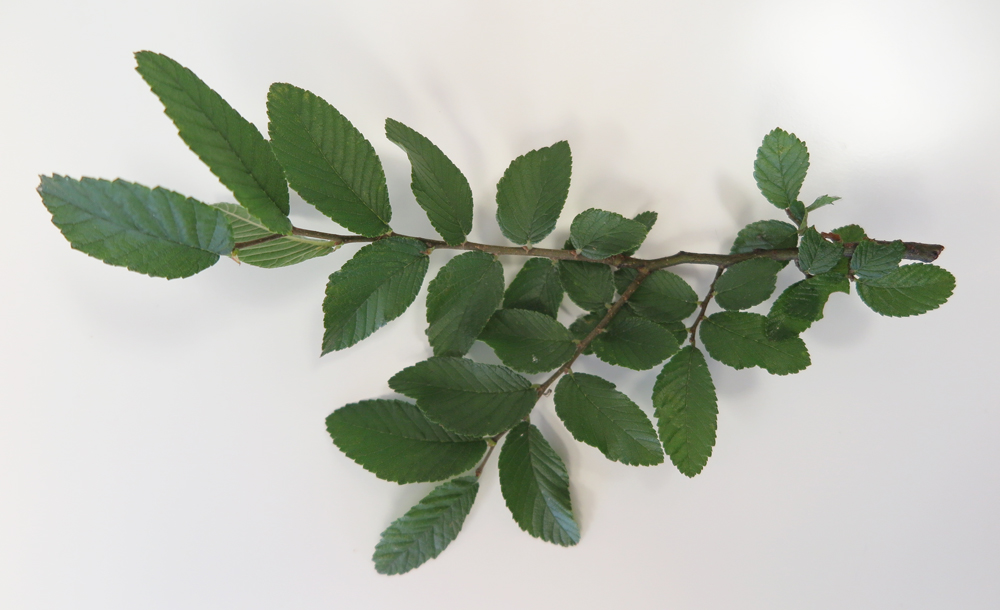Elm
Elm, Ulmus
While Dutch Elm Disease has destroyed many of the American Elms around the country, there are several other elms which are excellent for Texas landscapes.

Growing
Elm grows well in full sun or partial shade. It prefers a moist, fertile, well-drained soil but adapts to most soil types and conditions. It tolerates urban conditions, including salt from roadways.
Tips
Often a large tree, elm is attractive where it has plenty of room to grow, such as on large properties and in parks. Small cultivars make attractive specimen and shade trees.
Recommended
There are several elm species and cultivars available, with varied sizes, shapes and appeal, but the following are some of the highly recommended selections based on ease of growth and resistance to DED.
U. alata (winged elm) is a native, medium-sized tree that grows 30–40' tall with a rounded canopy with “winged” stems.
U. crassifolia (cedar elm) is the most common native elm in Texas, wide-spreading, open tree that grows up to 60' tall. An excellent tough shade tree with beautiful golden fall color.
U. parviflora (Chinese elm, lacebark elm) has a variable growth habit ranging from rounded to upright and vase-like, and it grows 40–50' tall and wide. ‘Drake’ is a good cultivar.
Features: attractive rounded to vase-shaped habit; fall color; attractive, mottled bark
Height: 30–80' or more
Spread: 30–60'
Hardiness: zones 5–9
Note: Elm seeds are a tasty treat for many small birds. These trees also provide shelter and nesting sites, attracting not only birds but other wildlife as well.


